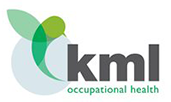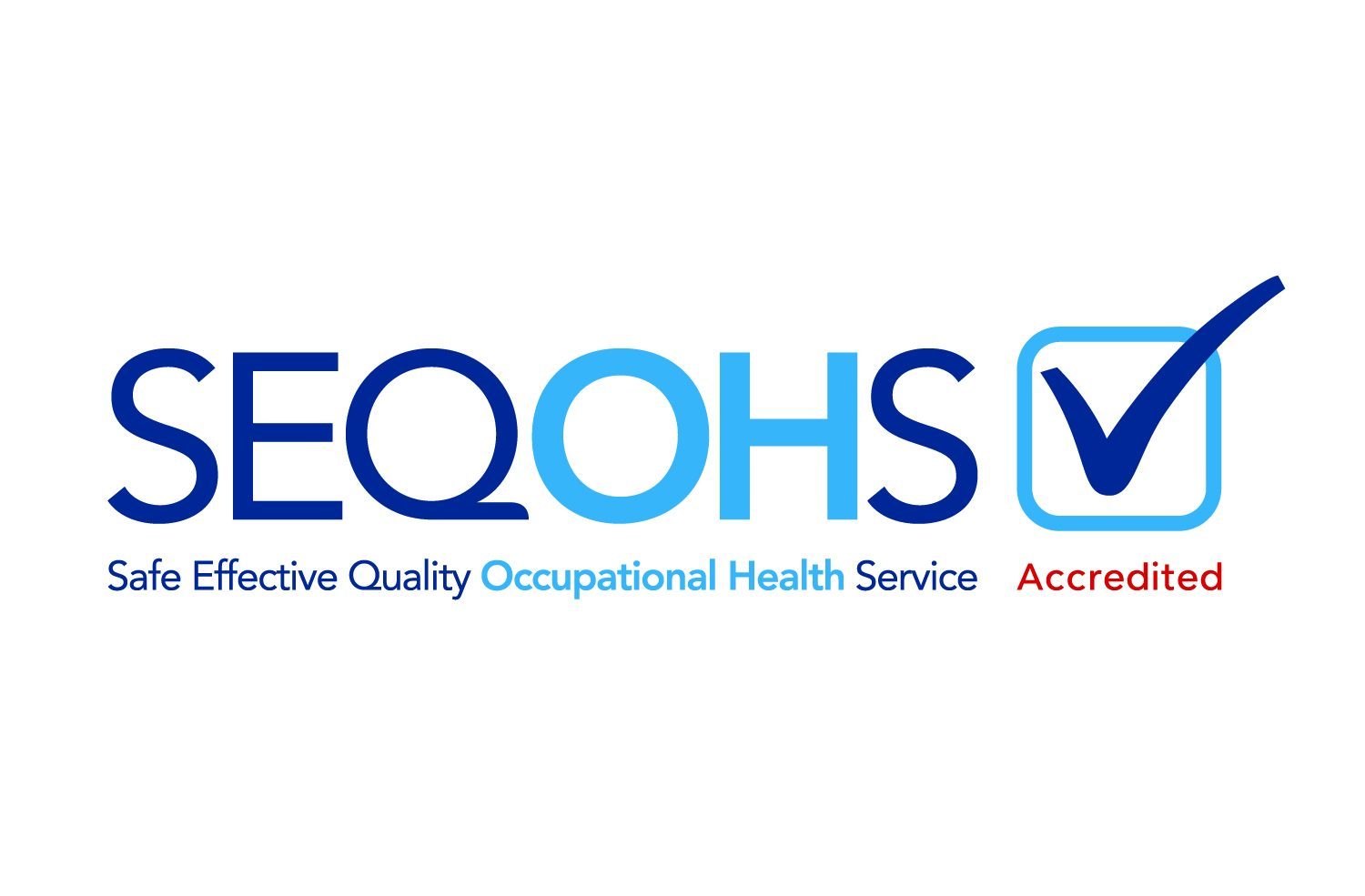Hand Arm Vibration (HAVS) results from the use of hand-held power tools such as jack hammers and drills. It can result in significant ill health which may include painful and disabling disorders of the blood vessels, nerves and joints.
HAVS is a preventable, but once the damage is done it is permanent.
At KML we provide HAVS testing as part of safety critical worker medicals and as an individual health surveillance. Tests take less than 20 minutes and cost less than a tank of fuel.
This regular check starts at Level 1 with a questionnaire which aims to spot early warning signs. The same applies at Level 2. Should the symptoms persist, then at Levels 3 and 4 an Occupational Health Physician would pick up the case.
A serious matter
HAVS is serious and disabling, and nearly 2 million people are at risk.
The damage from HAVS can include the inability to do fine work and bouts of cold can trigger painful finger blanching attacks.
Employers a have duty of care under the Health and Safety at Work Act 1974, as well as the Management of Health and Safety regulations 1999 and The Control of Vibration at Work Regulations 2005. These regulations state that employers must carry out a risk assessment and reduce the vibration risk, as far as is reasonably practical.
Where these is still a risk of vibration and/or employers are at risk of developing HAVS, the employer must ensure they have a health surveillance programme in place. HAVS is reportable under RIDDOR.
In extreme cases, UK businesses have been taken court and fined. In 2006 a UK motor company was fined £10,000 by The HSE with the employer paying out a further £28,000 in costs.
Despite these regulations, HAVS is still sadly all too common.
According to The Faculty of Occupational Medicine (FOM) HAVS can also cause Carpal Tunnel Syndrome causing pain in the wrist and loss of power and sensation in the hand.
There is also some evidence to suggest that HAVS may cause Dupuytren’s Disease. This is a deformity of the palms and fingers.
Treatment
Treatment advice starts with the individual stopping or reducing the exposure to Hand Transmitted Vibration (HTV).
Cold and damp climates appear to contribute also along with smoking as it reduces blood circulation.
The HSE recommend a number of measures to help prevent HAVS which include:
- Making sure risks from vibration are controlled.
- Providing information, instruction and training to employees on the risk and the actions being taken to control risk.
- Providing suitable health surveillance.
Spotting the signs
It is essential that employees recognise the early signs and symptoms of HAVS and train their staff to do the same. These include tingling and numbness in the fingers, not being able to feel things properly, loss of strength in the hands, fingers going white (blanching) and becoming red and painful on recovery, particularly in the cold and wet weather.
Tips for prevention include:
- Use low vibration tools where possible
- Use the right tool for the right job
- Check tools before using them to make sure they have been properly maintained and repaired to avoid increased vibration caused by faults or general wear
- Make sure cutting tools are kept sharp so that they remain efficient
- Reduce the amount of time a tool is used in one go, by doing other jobs in between
- Avoid gripping or forcing a tool or work piece more than necessary
- Store tools so that they do not have very cold handles when next used
- Encourage good blood circulation by keeping hands warm, reduce or stop smoking and exercise and massage hands during breaks
Get in touch
For advice and a health surveillance check please get in touch with us at KML Occupational Health at emailing us at [email protected] or calling us on 020-7643-1028


